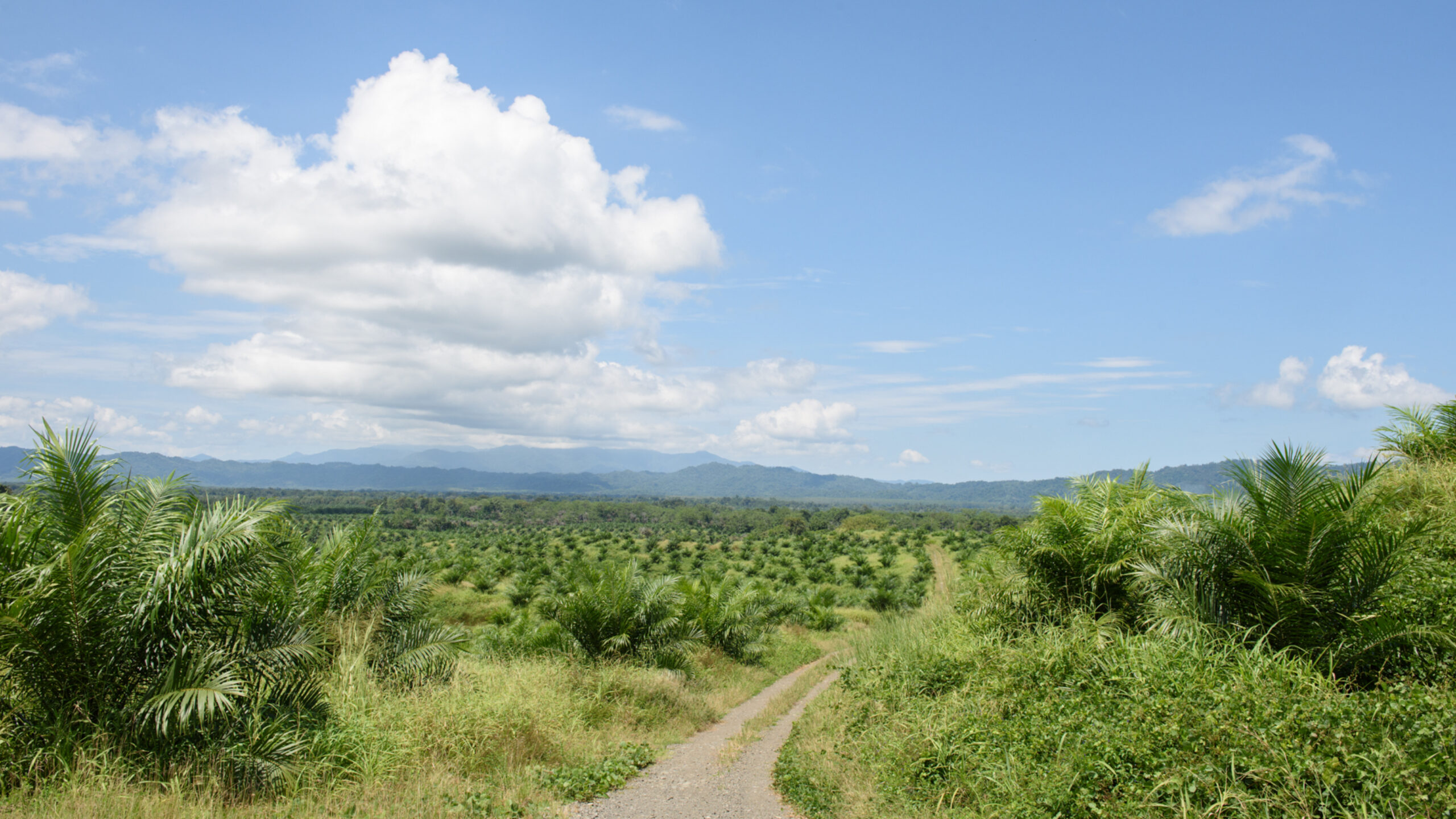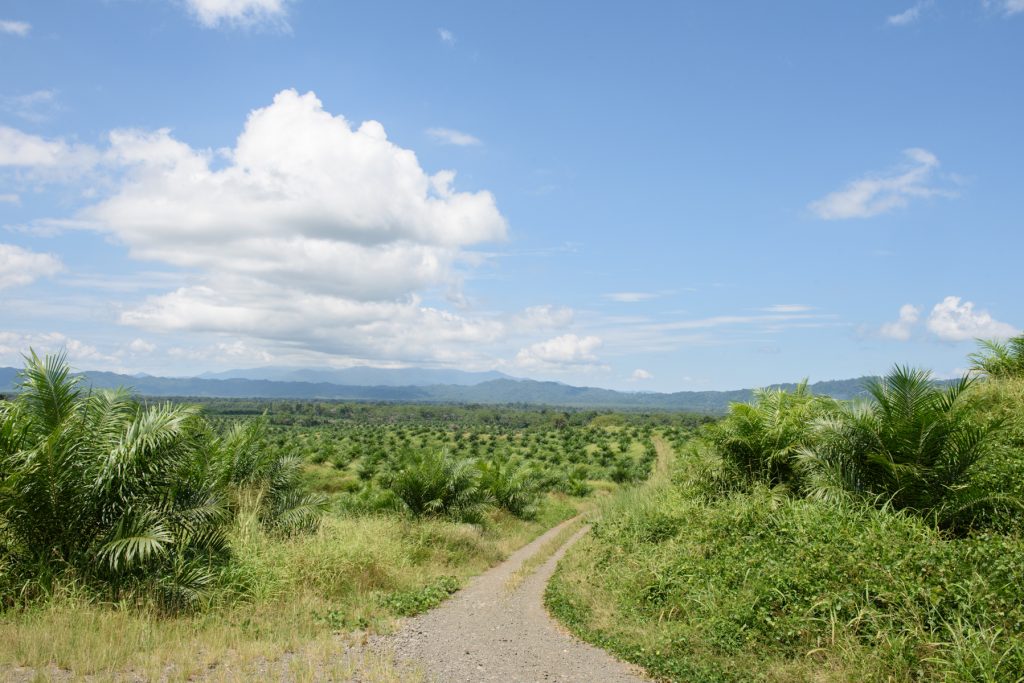
Why is palm oil bad for the rainforest?
Palm oil. The ubiquitous ingredient you’re highly likely to be consuming every day in car fuel, cleaning products and food. It’s posing a tremendous threat to some of the world’s most biodiverse forest. But what is it? And what makes it so damaging?
Palm oil is made from the fruits of trees called African Oil Palms. Originating from west and south-west Africa, they were introduced to Indonesia and Malaysia in the late 19th century .
Since then, its use has boomed. That’s down to it being a super-efficient oil product, meaning a lot more can be produced per acre of land than other oils such as soybean and coconut.
Palm oil is now the most widely-used oil in the world. Food, household cleaners, personal care and cosmetics all contain it.
But the way it’s grown is unsustainable. In order to clear land to grow palm, swathes of rainforest are burned, destroying habitat and homes and the fragile rainforest ecosystem. It’s a double whammy for the climate. Trees that remove carbon from the air are destroyed, removing their storage properties forever. And when the forest is burned, high levels of carbon dioxide and soot are released, a huge contributor to climate change.

Production on the rise
Papua New Guinea production increased by nearly 20% between 2011 and 2016. The Global Forest Watch reports that the nation experienced “70 percent more tree cover loss in 2015 than in any [other] year on record.
90% of palm oil comes from Malaysia and Indonesia but predicted future hot spots include Nigeria and Cameroon. Orangutans, gibbons and tigers are among the 193 threatened species on the IUCN’s Red List that would be affected by the continued expansion of oil palm plantations into forest areas — a menagerie of biodiversity representing half of the world’s threatened mammals and almost two-thirds of threatened birds.
How can you help?
Check the label. Sustainable palm oil does exist, but it’s often more expensive.
On a global level, there are many organisations working hard to regulate and improve the deforestation issues surrounding palm oil. But after 15 years only 17% of all palm oil produced is able to be labelled ‘certified sustainable palm oil’.
Consumer pressure is the only thing that will make producers consider more sustainable practices. Check labels, ask questions, and look for RSPO-certified palm oil, whose producers must adhere to strict guidelines.